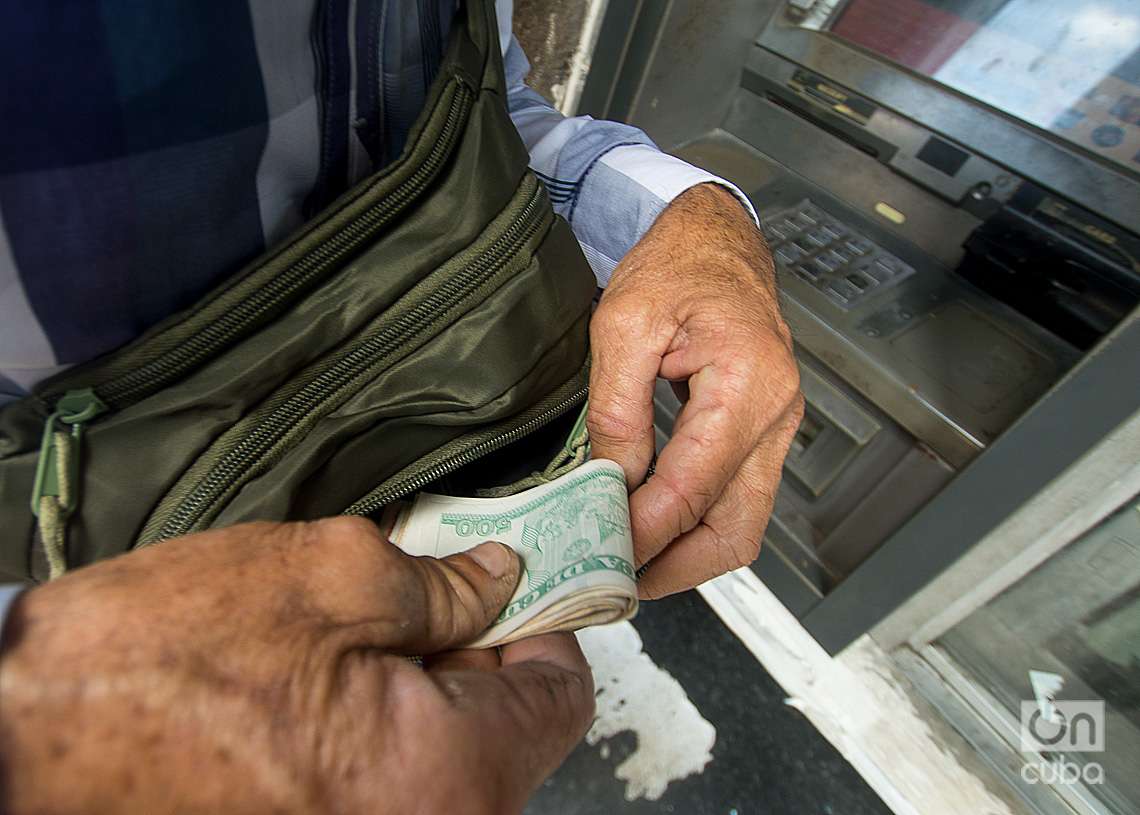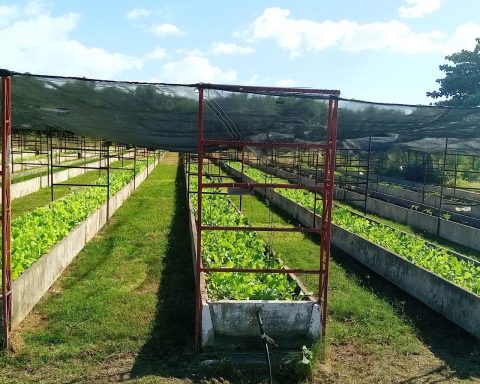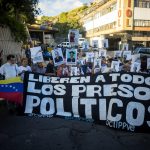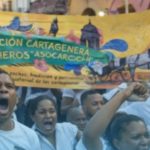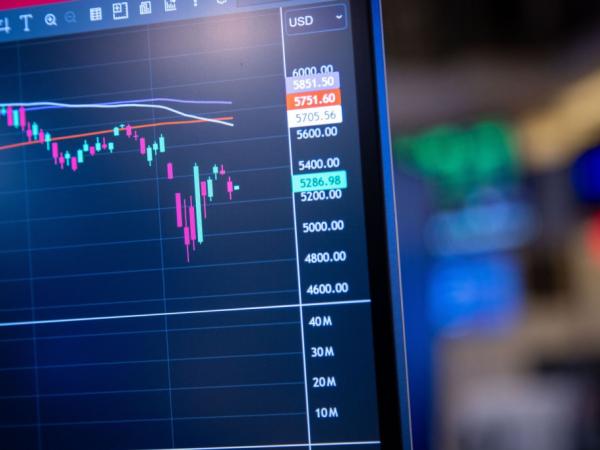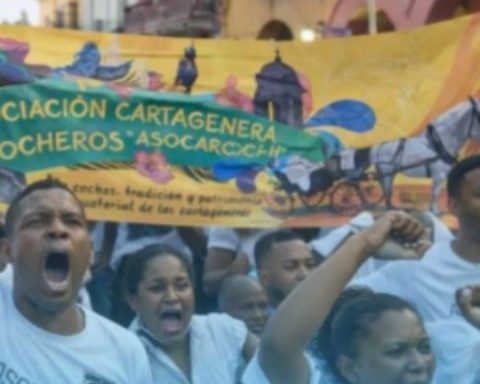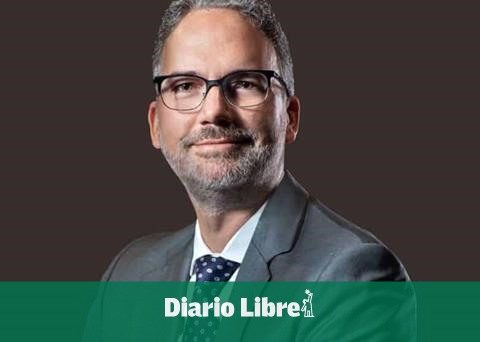The monthly average salary of state workers in Cuba increased 25.6 % in 2024, the National Office of Statistics and Information (ONEI) reported Friday.
While this growth It is not enough to cover the cost of essential goods for an average familyaccording to independent estimates cited by EFE, the report indicates that the average salary in the state sector was 5839 Cuban pesos.
This figure (equivalent to $ 48.6 per month at the official exchange rate), constitutes an increase that slightly exceeds the interannual inflation registered in the formal market, estimated at 24.88 % by the Onei.
This slight rebound of admission, however, is seen neutralized by the high cost of living.
According to EFE, this really represents an increase in purchasing power of less than 1 % per year.
According to independent economist calculations Omar Everleny, A couple would need more than four monthly average salaries to cover a basic basket of 17 food products, even considering subsidized foods through the ration book.
#Economy | Do you know what the average salary was #Cuba In 2024? We tell you today!
Cuba: 5 839 pesos.
Province with the greatest average salary: Havana (6 449 pesos).
Province with less average salary: Santiago de Cuba (5 123 pesos). pic.twitter.com/twvjrh6kps
– National Statistics and Information Office Cuba (@cubaonei) April 18, 2025
Salary in Cuba vs. inflation
Real inflation could be much higherthey warn experts, especially in the informal market – the most supplied of the island – where inflation could reach three -digit figures, according to independent experts to those referred to by EFE.
As an example, in private stores in Havana, a cardboard of 30 eggs can cost up to 3500 pesos ($ 29.16), depending on availability.
The best paid sectors are the supply of gas, water and electricity, with an average salary of 9 317 pesos ($ 77.6).
At the opposite end is that of communal services and associations, with an average income of 4 033 pesos ($ 33.6).
By professions, health and education workers received average salaries of 6 154 pesos (51.2 dollars) and 5 451 pesos ($ 45.4), respectively.
Salary differences are also evidenced by provinces: Havana recorded the highest income with a monthly average of 6 449 pesos (53.7 dollars), in contrast to Santiago de Cuba, which reported the lowest with 5 123 pesos (42.7 dollars).
This panorama develops in a complicated economic context, marked by The shortage of basic products, the partial dollarization of the system and a strong increase in prices.
Does interannual inflation decrease in March?
As for the inflation interannual in the formal Cuban market, The lowest level in recent years was in March in March And the seventh consecutive month in which the rate is maintained below 30 %, the ONEI reported in the report itself.
According to official data, this indicator reflects a slowdown in the rise in prices in recent months.
However, experts warn that, Despite this downward trend, Inflation levels continue to considerably affect the economyespecially to households, workers and retirees.
Since 2020, prices have tripledaccording to official statistics themselves. The consumer price index (CPI) closed 2021 with an increase exceeding 77 %, while in 2022 it reached 39.07 %, in 2023 a 31.34 %, and so far from 2024 has registered 24.88 %.
Despite these data, the perception among the Cuban population is that the increase in the cost of living is even greater.
The EFE agency indicates that these figures fail to accurately capture the prices of the informal market – more supplied and dynamic that the officer – which generates a gap between statistical data and everyday reality.
In its report, the Onei emphasizes that More than 90 % of the income of Cuban families allocates the acquisition of essential goods and services Included in the basic basket, the basis of the IPC calculation.
Where do prices increase and decrease?
As for the monthly variation, Prices increased 1.22 % compared to Januarya slight moderation compared to 2.75 % recorded in the previous month. In February 2023, monthly inflation had reached 32.08 %.
By categories, the largest year -on -year increase was recorded by alcoholic beverages and tobacco (177.33 %), followed by restaurants and hotels (27.25 %), various goods and services (20.07 %), non -alcoholic foods and drinks (19.42 %) and furniture and household items (13.53 %).
Only four lines showed increases below 10 %: recreation and culture (8.73 %), transport (9.48 %), health (0.76 %) and communications (0.61 %). These last two correspond to sectors operated exclusively by the State.
Cuba is going through a complex economic and energy crisis for more than four yearswith shortage of basic products such as food, medicines and fuels, persistent inflation, growing dollarization and prolonged daily electric cuts.
Factors such as prolonged impact of pandemic, hardening United States sanctions and failures in internal economic policy have deepened the structural problems of the Cuban economy in recent years.
